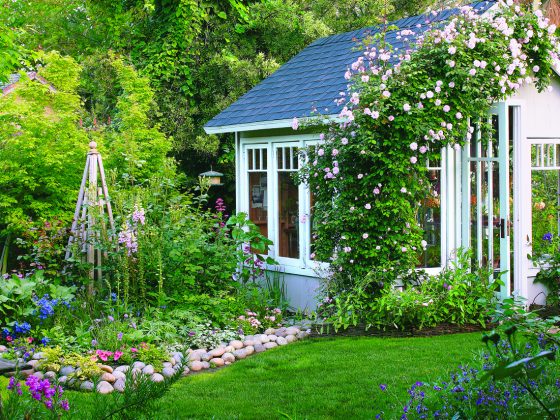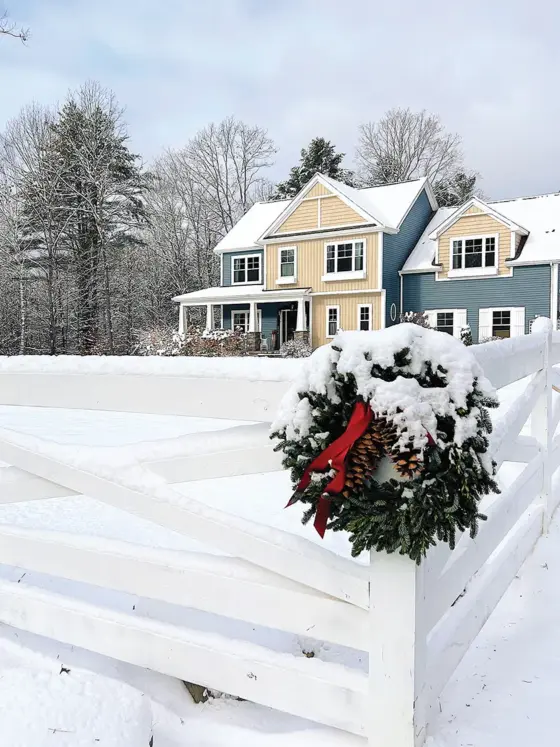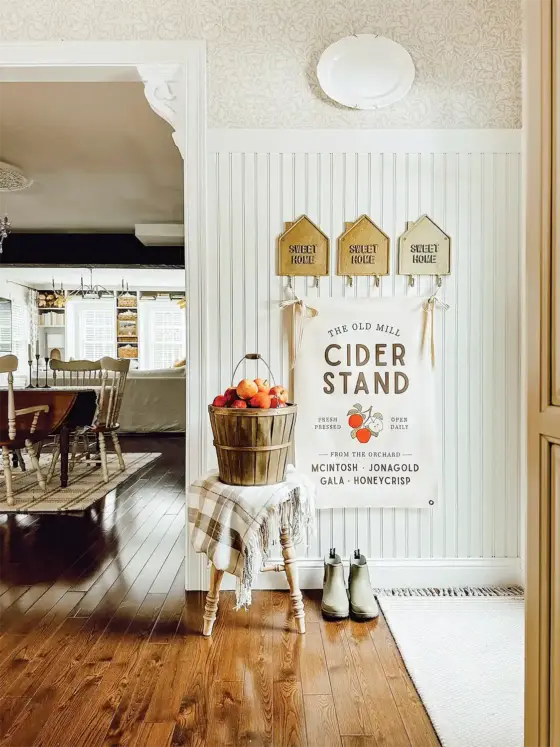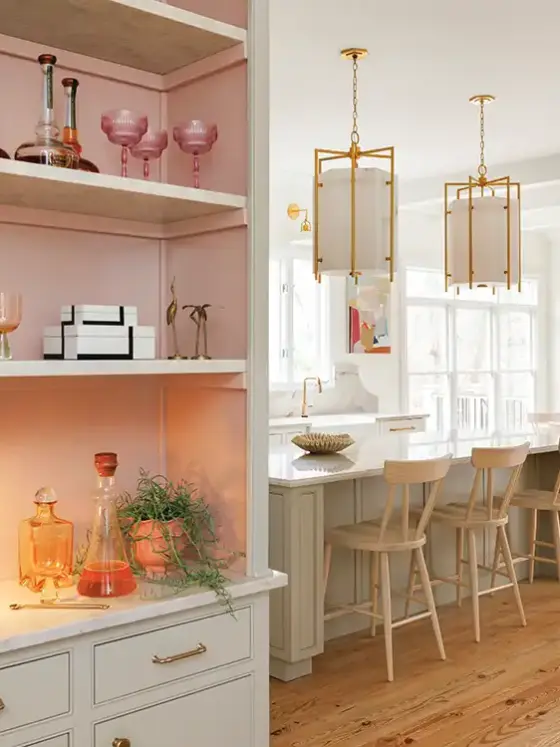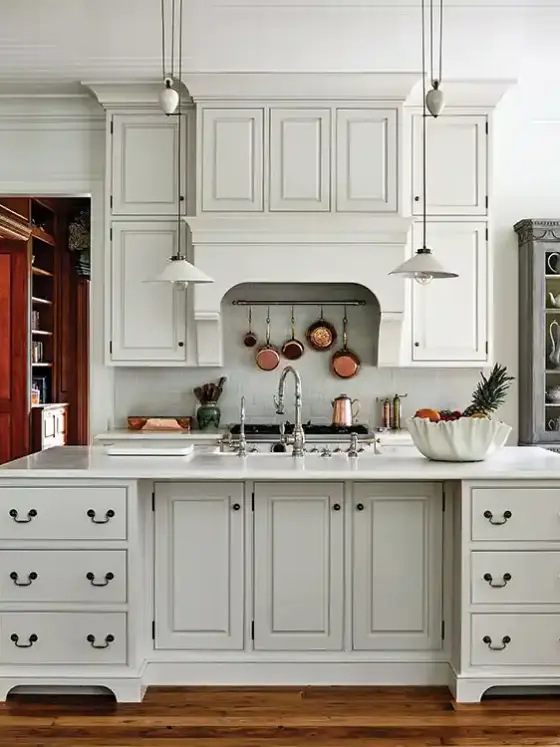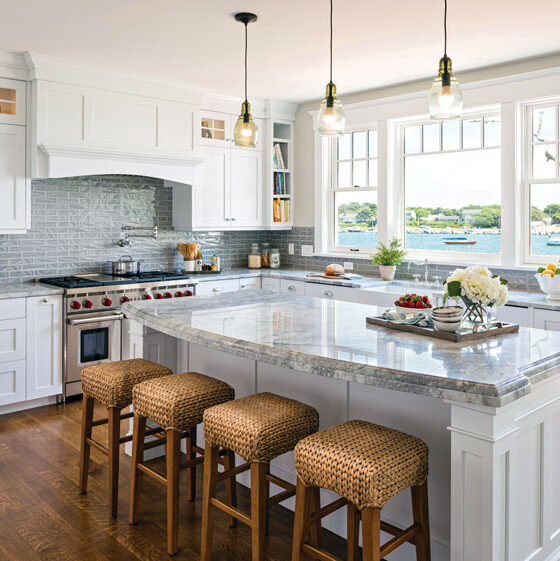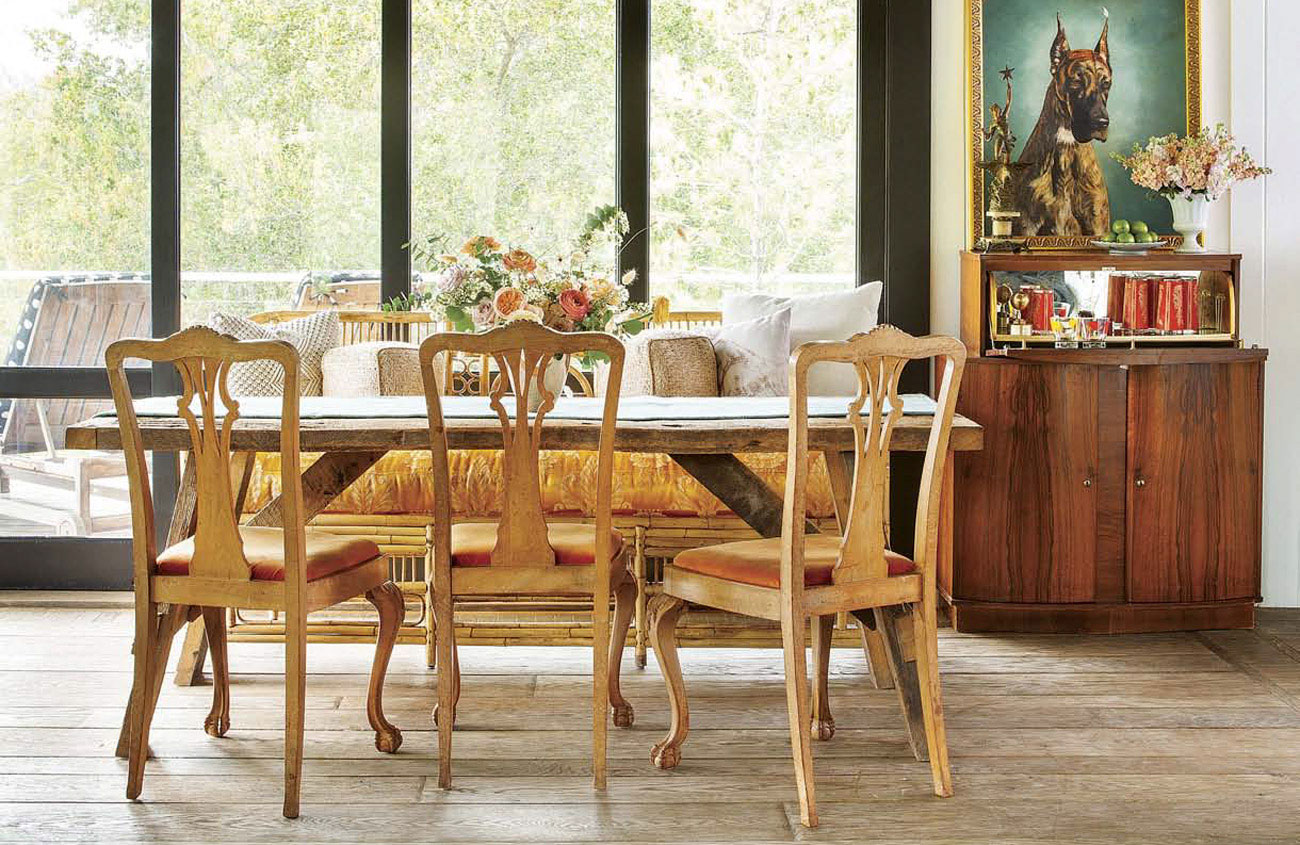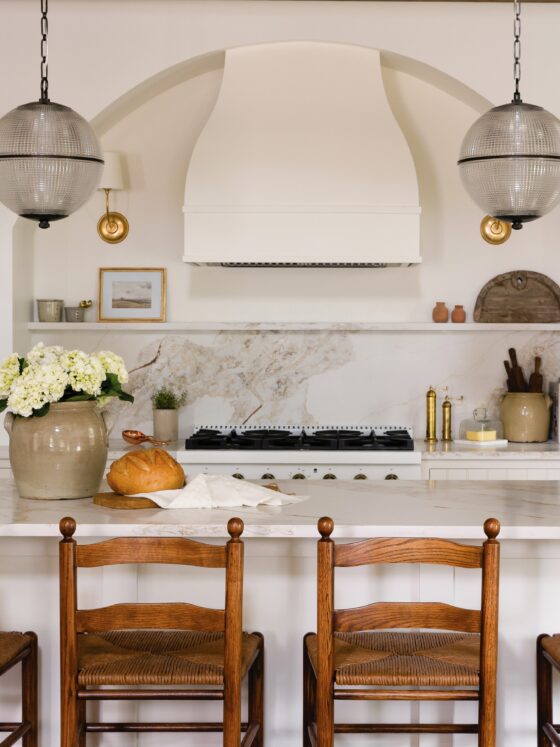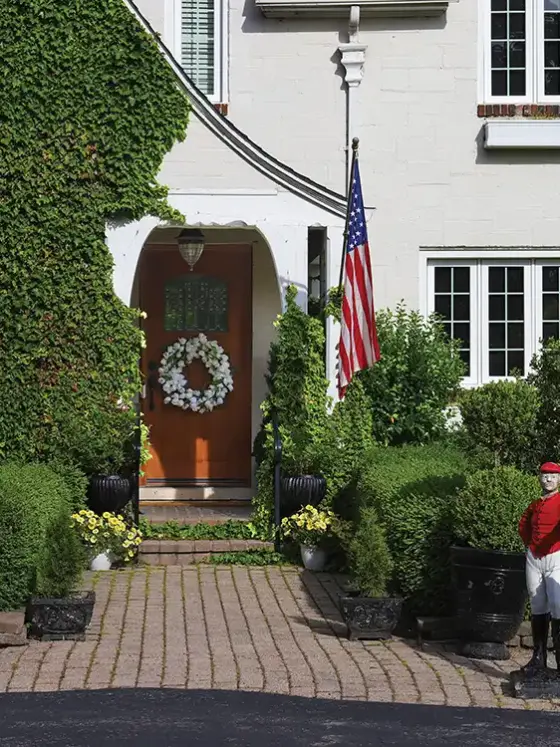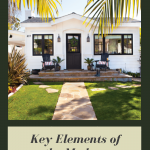For some, a cottage is a modest home that encapsulates a simple life. For others, a cottage is a vacation home in a dreamlike location. The reality is a cottage is a lot of things. In her new book, The New Cottage: Inspiration for America’s Favorite Home, Katie Hutchison describes what makes a cottage a cottage in the modern world.
The Hallmarks of a Modern Cottage
“The hallmark of a cottage has long been how it’s integrated with the landscape,” writes Hutchison. The design features of a cottage should be representative of the context that surrounds the home. A cottage home may be smaller in order to preserve outdoor living space. If a cottage resides in a community, it may engage with that context with strategic placement of rooms in relation to its neighbors and perhaps add something particular to the neighborhood like a porch.
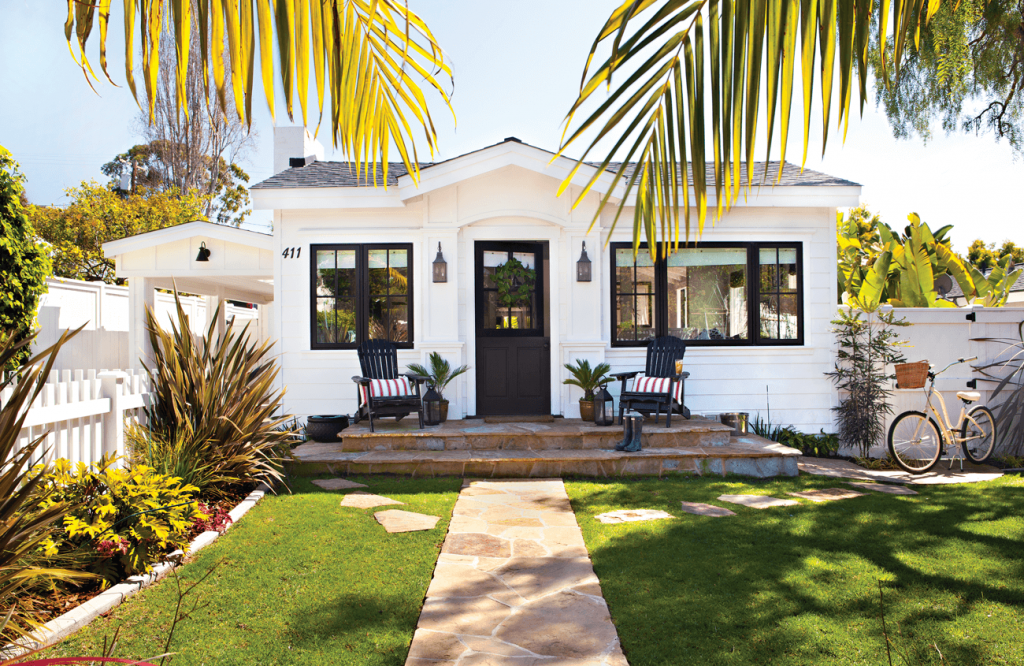
How the materials are shaped and joined is important for both past and present cottages. Craftsmanship is something that cottage owners and architects alike take great pride in, as it communicates what their style is. And, in a small home such as a cottage, it is easier to notice these smaller details.
Simplicity
“There’s an inherent simplicity to a cottage, and that simplicity extends not only to its massing but to the materials that compose it,” says Hutchison. A modern cottage uses materials that are simply assembled and are presented in a way that is easy to understand. Hutchison uses the example of a Monopoly house, a cube with a gable roof. While your cottage does not have to be that simple, it should be simple enough for you to wrap your head around its design.
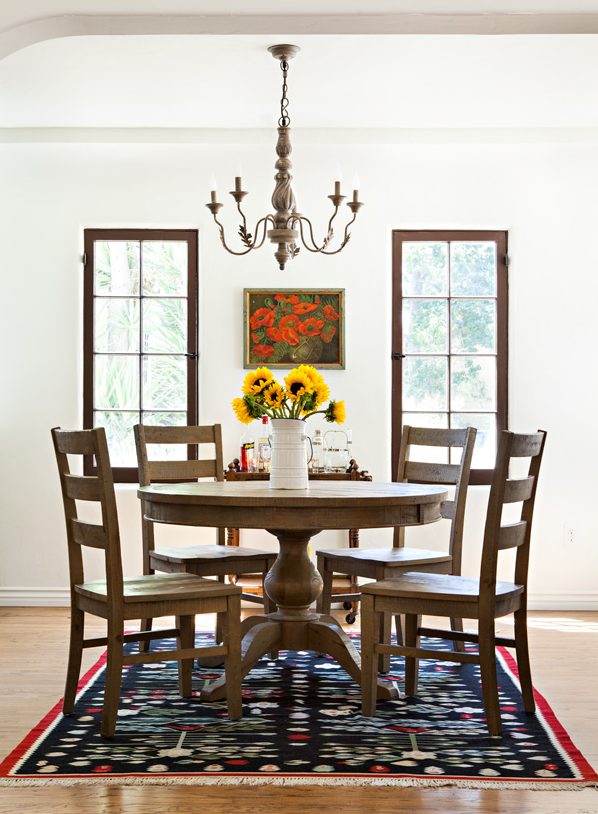
One of the elements of cottage simplicity we are after is purposefulness. Today’s modern cottage interiors tend to have a straightforward approach in design and contain a limited palette of color and materials. This helps tie rooms together and adds a spacious feel to the cottage.
Today’s Cottages
One change you might notice between a modern cottage and an older one is the overall size. Modern cottages tend to have more space to work with. Because of this, modern cottages tend to be more informal. Instead of a traditional dining room, a modern cottage may have a dining alcove.
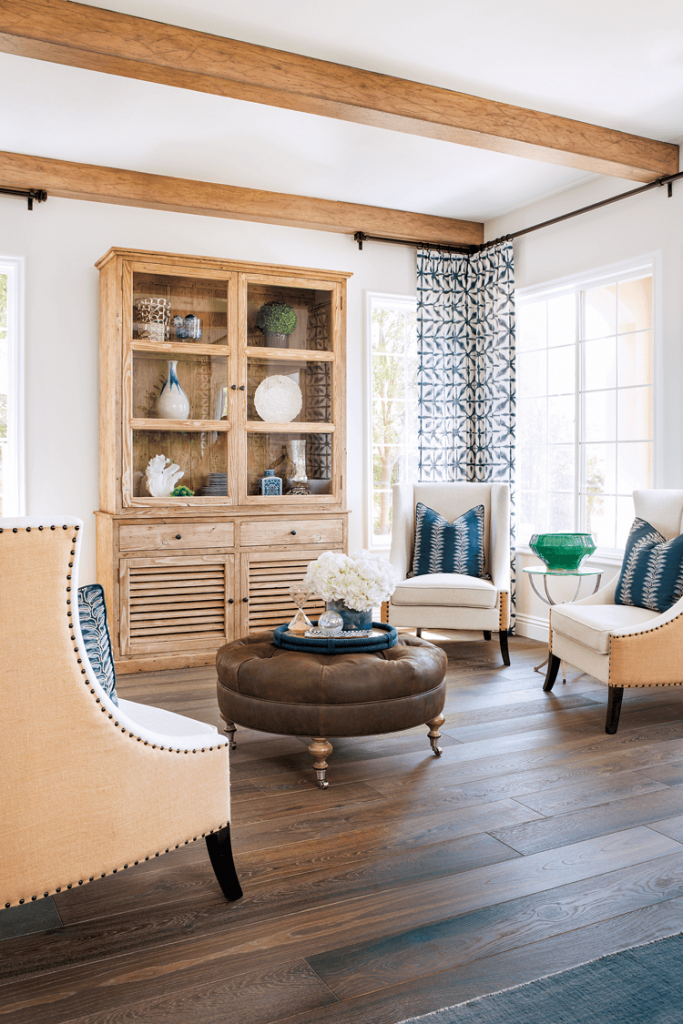
To handle larger spaces in a modern cottage interior, Hutchison recommends using opposite complements, as they add subtlety. An example would be contrasting an intimate room with a larger room, such as a family or living room. “The intimate space and the taller/public space are opposite but complement each other in the sense that they enhance each other, much the same way that opposite colors enhance or complement each other,” says Hutchison.
Another change you will see in modern cottages is the size of the windows. In the past, cottages normally had smaller windows (think English country cottage) because glass was more expensive to make, and there were concerns with cold air seeping into the residence. But thanks to modern engineering, these issues are no longer problematic. Large windows allow natural light to illuminate the cottage and provide gorgeous views of the surrounding landscape.
The Cottage Great Room
A great room is a large room that combines features of a living room and a kitchen/dining room. Traditionally, older cottages did not have great rooms but rather collections of smaller rooms. A great room allows a modern cottage interior the benefits of shared common space in a smaller dwelling. “A successful 21st-century cottage gives a great room new definition, paying attention to comfort and scale,” Hutchison says.
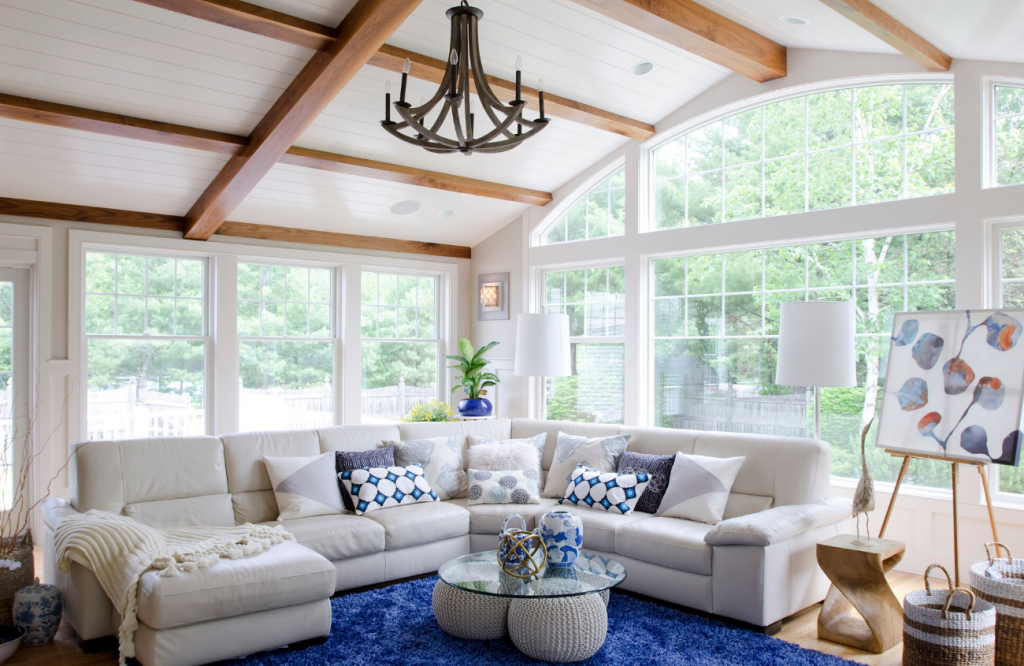
A common principle in great rooms of a modern cottage interior is they have architectural features that distinguish a change in activity within the room. There are plenty of things you can do to signal a change of purpose. An example Hutchison uses in the book is a family aligning and widening openings between spaces to allow the spaces to overlap while still remaining distinct. Ceiling treatments in the form of adding beams or a change in material can be another visual cue to a change of purpose. Floor-plane changes are another, more nuanced, way of communicating spatial differences.
Want to see these principles come to life? Check out this post on this Modern Vintage 1930s Desert Cottage.
Of course, don’t forget to follow us on Instagram, Facebook and Pinterest to get your daily dose of cottage inspiration!


